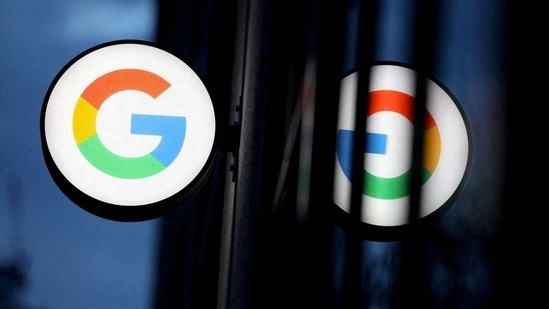Google's new software kit will help users to work across devices
First mentioned during the Google I/O ‘22 Multi-device development session, SDK incorporates the tools developers require creating apps that work across Android devices, and ultimately, on non-Android phones, TVs, cars, and other interconnected devices.
In an attempt to make it easier for developers to make Android apps that work across all kinds of devices, Google has announced a new cross-device software development kit (SDK) on Friday.

What will the SDK do ?
The newly launched Developer Preview shows the SDK contains a set of rich APIs focusing on the core functionality of discovering nearby devices, establishing secure connections between devices, and hosting an app’s experience across multiple devices.
First mentioned during the Google I/O ‘22 Multi-device development session, this incorporates the tools developers require creating apps that work across Android devices, and ultimately, on non-Android phones, TVs, cars, and other interconnected devices.
Google says that this SDK will allow developers to focus on the core of app development, ‘on what matters most,’ by eliminating the complexities involved in working with device discovery, authentication, and connection protocols.
What is the need ?
Google says that in present times, users have more connected devices that can communicate with each other. But this potential is still not exploited because of many complexities.
On the user side, the need to log in to multiple devices again and again is one such. Many other issues arise as users start inter connecting more devices.
For developers, there is a lack of cross-platform integrations to enable devices to communicate between them. Other than that, to test multi-device experience, they have to buy all those devices.
How does this software development kit come as a rescue?
It will allow developers to build interesting cross-device experiences by empowering and simplifying the below given use cases:
Detecting and allowing communication with nearby devices.
Sharing an app’s present state with the same app on another device.
Launching the app on a secondary device without suffering to put the app running in the background.
Forming secure connections for devices to talk with each other.
Facilitating task handoff, where the user initiates a task on one device and can conveniently continue on another device.
The aim of Google with this launch is to ultimately extend support to non-Android operating systems including iOS and Windows, but experts say that it will take time.
According to The Verge, as the capability is in its initial days, there is very little probability of seeing apps bridge the connectivity between iOS and Android devices anytime soon. However, it will be compelling to see ‘how developers implement the new capability to start, and if it’ll make using certain apps more convenient,’ it reads.






